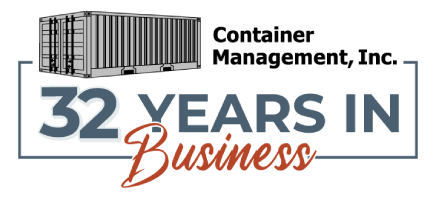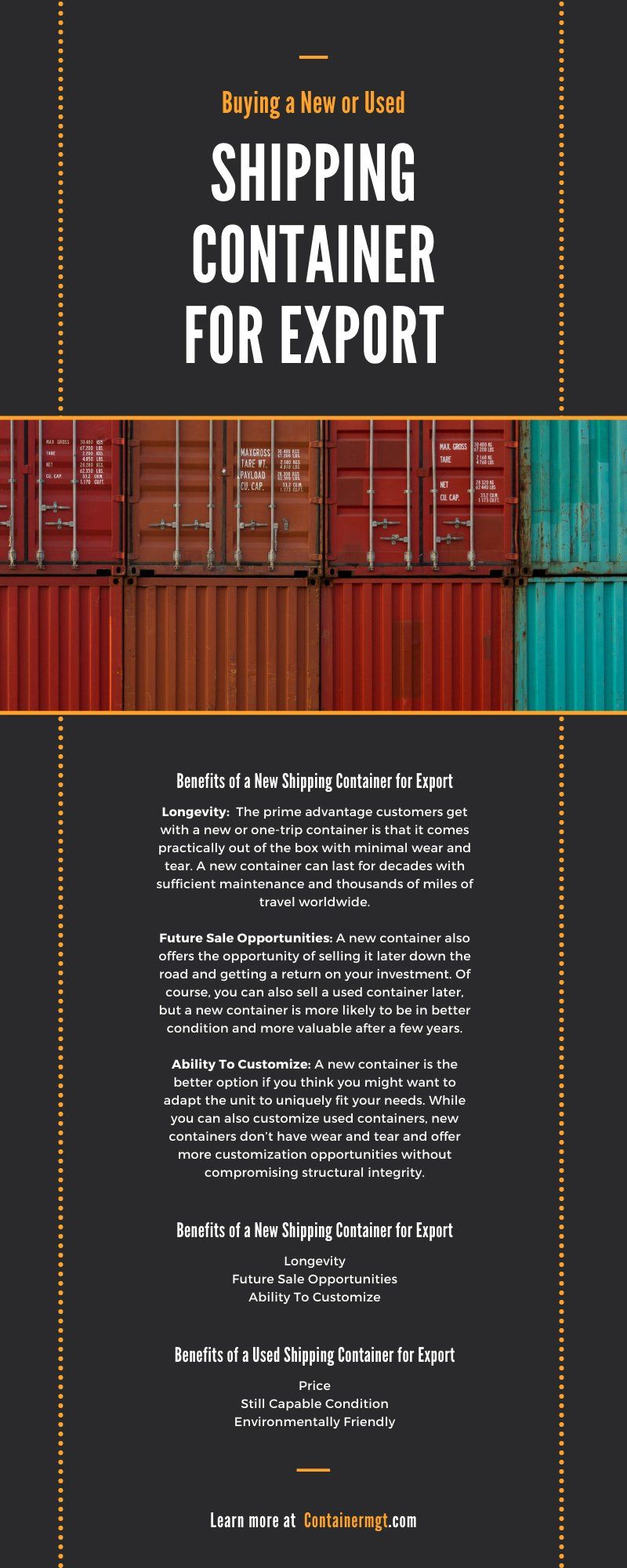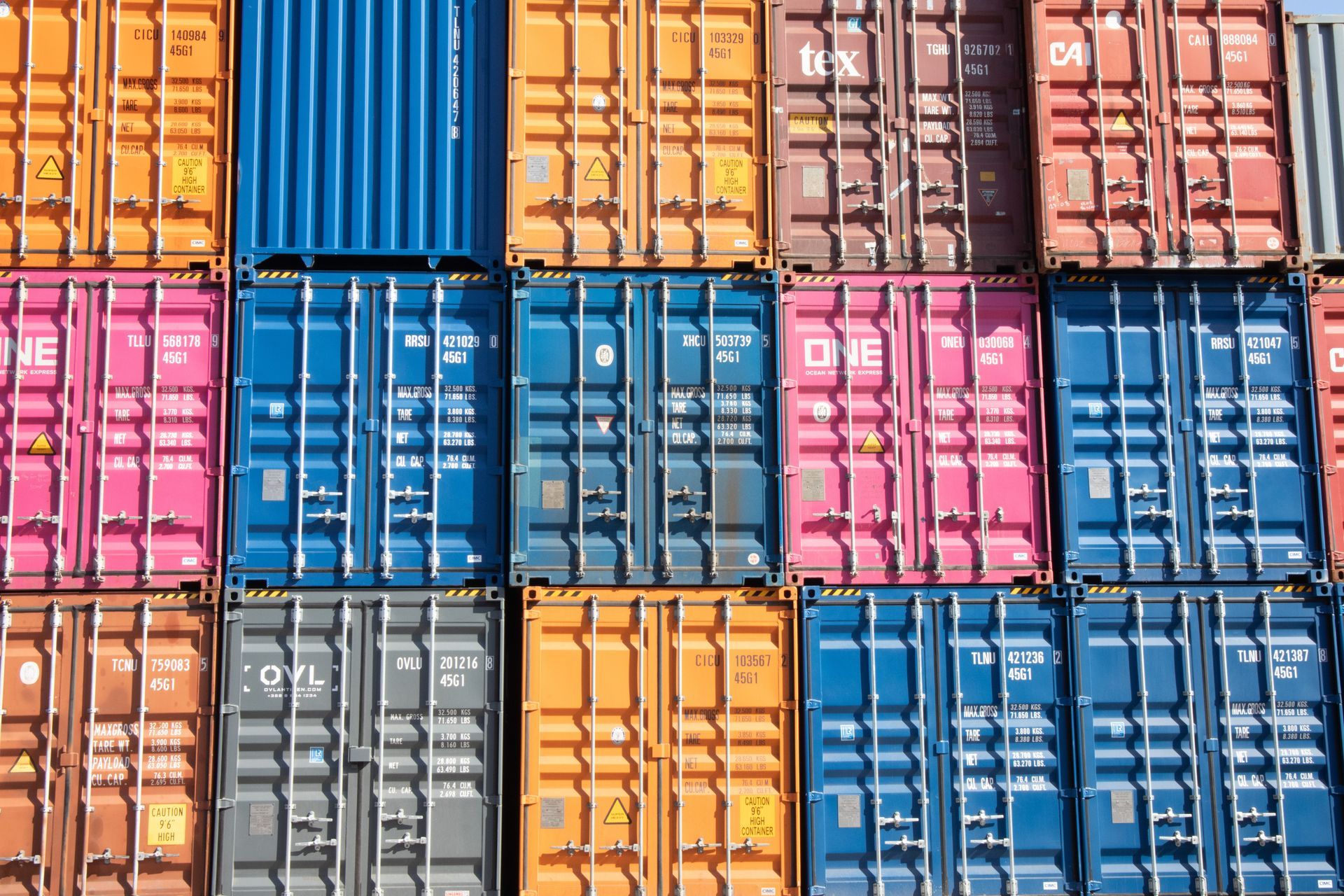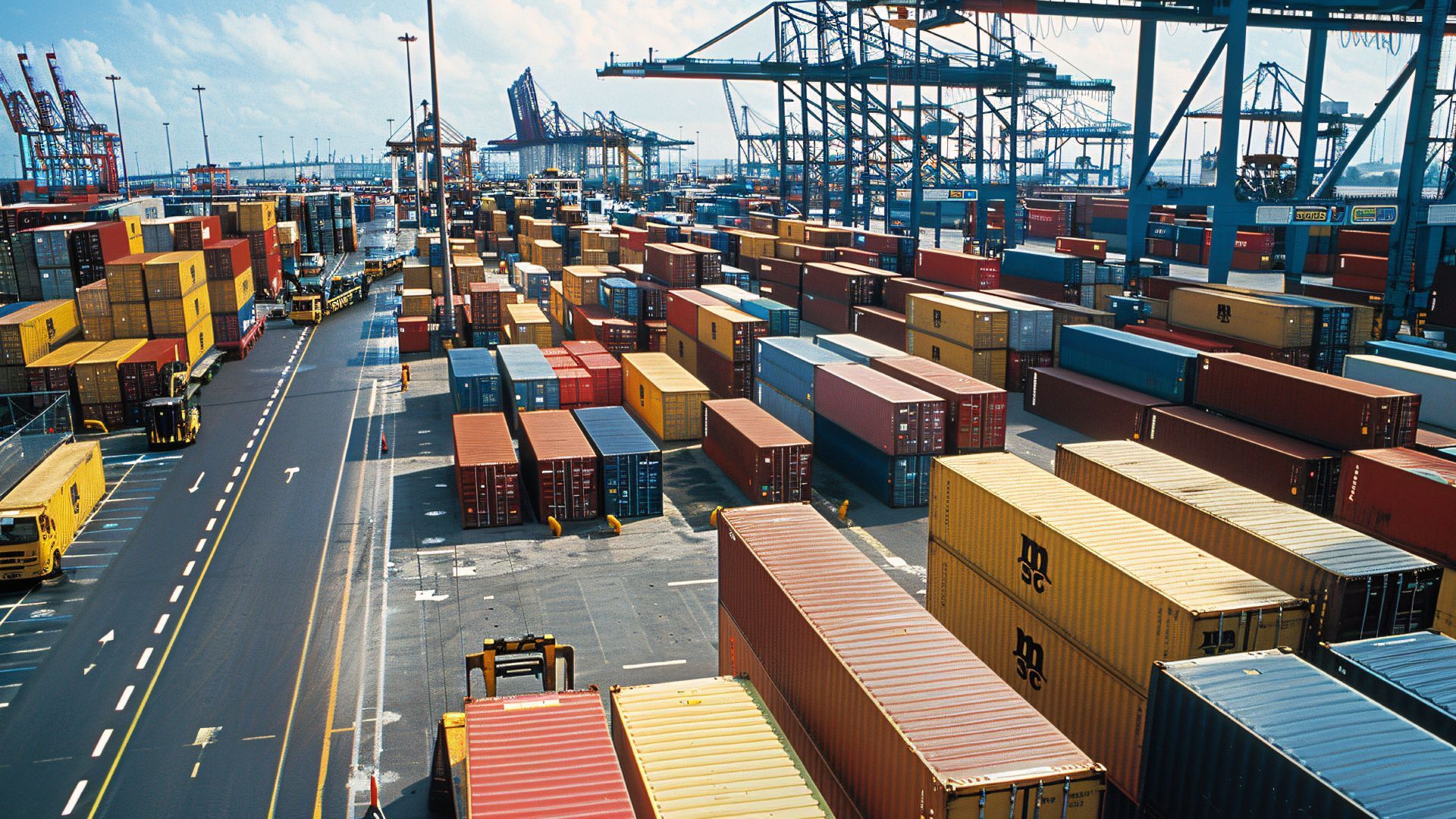See our related article:
Buying a New or Used Shipping Container for Export
Written by Susan Nalevac | September 21, 2022
Are you looking to ship cargo across a great distance but aren’t familiar with shipping containers? We can help with our guide on buying a new or used shipping container for export. This article includes tips for what to consider, the benefits of each option, and an overview of the different types of containers.
In This Article:
Questions to Consider Before Buying a Container for Export
What's My Budget?
The budget is the first thing to consider before buying a new or used shipping container for export. Your budget plays a crucial role in determining which container best fits your needs and what’s available to you.
At Container Management, Inc., we have affordable new and used container units available across the country with shipping containers for sale in Houston and many other locations. We like to think that no matter the size of your budget, we can find the ideal container that checks all the boxes for what you need.
What Am I Exporting?
Next, what is it that you’re planning to export? The size, makeup, and condition of the cargo you’re shipping can be a significant factor in whether to go with a new or used container—as well as determining the container size.
Will your cargo fit inside of a standard container, or is it an awkward fit? Does it require insulation or climate control to survive the trip? Asking these questions will help narrow down the container choices.
Is This a One-Time Export?
Is this export the first of many, or is this a one-time situation? If this is a unique situation and you don’t have any use for the container outside of this one export, this too will influence whether you get more value from a used or new container.
If you plan to consistently use it for export or use the container for an alternate purpose, such as storage, this fact too will influence which container unit is ideal for your needs.
Benefits of a New Shipping Container for Export
Longevity
The prime advantage customers get with a new or one-trip container is that it comes practically out of the box with minimal wear and tear. While used containers will also last for years, longevity is assured with new containers.
A new container can last for decades with sufficient maintenance and thousands of miles of travel worldwide. If you plan to use the container regularly for years, a new container fresh out of the box is likely your best bet.
Future Sale Opportunities
A new container also offers the opportunity of selling it later down the road and getting a return on your investment. Of course, you can also sell a used container later, but a new container is more likely to be in better condition and more valuable after a few years.
In addition, there's an opportunity to modify and customize the container after you use it for export and sell it to one of the many businesses and homeowners that use containers for projects beyond shipping.
Ability to Customize
A new container is the better option if you think you might want to adapt the unit to uniquely fit your needs. While you can also customize used containers, new containers don’t have wear and tear and offer more customization opportunities without compromising structural integrity.
The steel and materials of a new container are fresher, stronger, and more capable of modification. Add security measures for more peace of mind while exporting cargo or add windows and doors to turn it into a mobile office.
Benefits of a Used Shipping Container for Export
Price
Obviously, the primary benefit of a used container is that it’ll be more cost-effective than a brand-new unit. Used containers are more affordable than their newer counterparts, despite being as effective at transporting goods safely and securely as new containers.
They may look older and have some signs of age, but if you’re only concerned about exporting cargo in the most affordable way possible, a used container is the way to go.
Still Capable Condition
As we mentioned, used containers are available in adequate condition for shipping. Used containers are graded by condition, from “Cargo Worthy” to “As Is.”
Cargo Worthy is the highest grade, which means the container can transport cargo over long distances. If you do decide to choose a used container for your export, you’ll want a Cargo Worthy used container.
Our containers undergo a detailed inspection process, ensuring that they meet rigorous industry Cargo Worthy standards and include current CSC plates for international transit. We provide written certifications by third-party licensed surveyors. We are one of the most experienced national suppliers of used Cargo Worthy, Shipper Owned Containers (SOC) for ocean export.
Environmentally Friendly
Plus, if you’re eco-conscious, choosing a used container is also an environmentally friendly and sustainable option. Instead of a container going to the scrap heap after it leaves the transport line, you’ll give it a second life.
It’s a sustainable solution that puts the available resources to use and reduces potential waste in landfills.
Shipping Container Sizes for Export
You’ll have to choose from many different containers and sizes, so we’ll briefly go over some of the most popular to give you a general idea of your options.
Standard/Dry Storage
First, the standard Dry Rack container is the most common container style. A standard 20-foot or 40-foot container will be more than capable for most cargo.
While the lengths of the containers may be different, they’re all the same width and height. Most standard containers come with one set of double doors on the end, but there are units with doors on both ends.
Double Door/Tunnel
Containers with doors on both ends are Double Doors or Tunnel containers. Essentially, they’re the same size and shape as a standard unit, except they have another set of doors on the end—making the container like a tunnel.
The primary benefit of these containers is that loading and unloading are much easier and faster. A Double Door container typically comes in all the same sizes as a standard unit. However, be aware that these Double Door containers are normally available only as new containers.
High Cube
The High Cube unit is perhaps the most popular container outside of the standard dimensions. A High Cube is nearly the same as a standard container, except it’s taller by 1 foot—hence the cube moniker.
Companies often use these containers when they have to ship heavy equipment or large machinery in one piece, and they won’t fit inside a standard container. High Cube containers are also available with double doors, so you get the benefits of the High Cube and Tunnel containers.
Flat Rock
A Flat Rack unit is another container that specializes in oversized or awkwardly large items. As its name suggests, a Flat Rack can fold flat thanks to collapsible walls that fold completely with the cargo strapped down. They are also available with fixed ends.
Again, this container is primarily helpful if you need to ship something large that won’t fit inside the standard dimensions of a shipping container.
Open Side
An Open Side container is what it sounds like—a container that opens on its side. This container features a set of bifold doors on its long side for easier access for loading and unloading.
Otherwise, an Open Side container is the same as a Dry Rack—it just comes with more doors and points of access for the loaders and unloaders.






